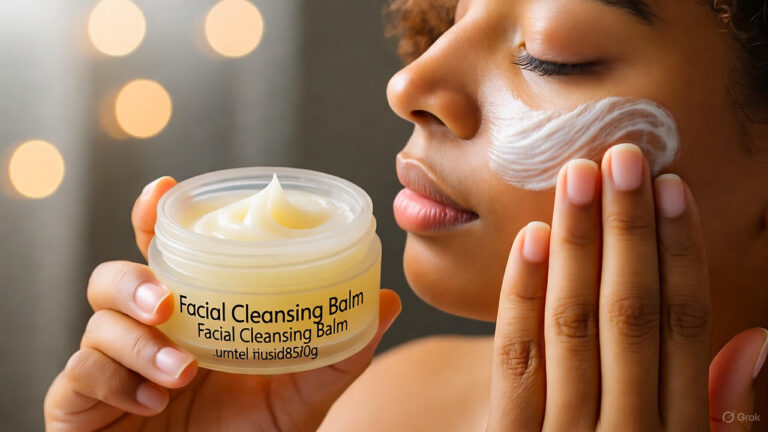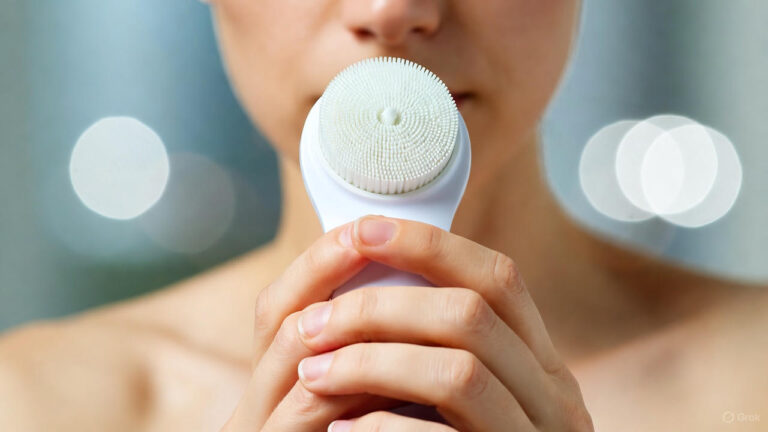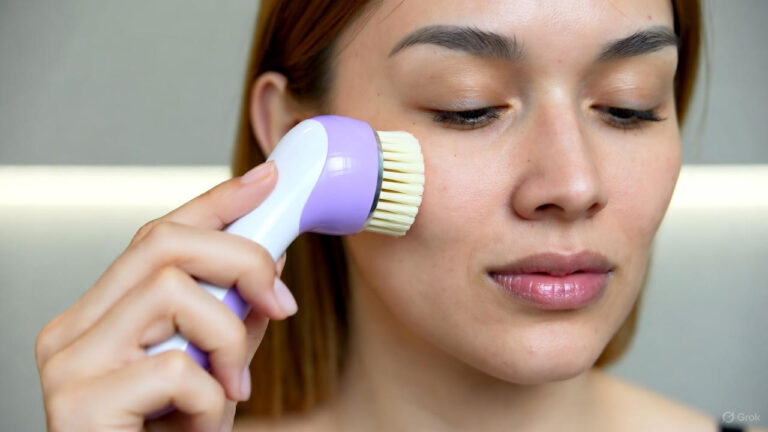Sheet masks have become a beloved staple, offering a quick and convenient way to nourish and pamper the skin. While there are countless sheet masks available on the market, creating customized versions at home allows you to tailor the ingredients to address your specific skincare concerns. From hydrating and brightening to soothing and anti-aging, the possibilities are endless when it comes to DIY sheet masks.
In this comprehensive guide, we’ll delve into the art of creating personalized sheet masks at home, exploring ingredients, recipes, and tips for achieving glowing, healthy skin.
Ingredients for DIY Sheet Masks
Before diving into the world of DIY sheet masks, it’s essential to familiarize yourself with the key ingredients and their benefits for the skin. From hydrating humectants to skin-loving botanical extracts, here are some common ingredients used in DIY sheet mask recipes:
- Hydrating Agents: Hyaluronic acid, glycerin, and aloe vera are excellent hydrating agents that help replenish moisture levels in the skin, leaving it soft and supple.
- Antioxidants: Ingredients like green tea extract, vitamin C, and niacinamide help protect the skin from environmental damage and promote a brighter, more even complexion.
- Soothing Ingredients: Chamomile extract, cucumber extract, and calendula oil are known for their calming and soothing properties, making them ideal for sensitive or irritated skin.
- Exfoliants: Alpha hydroxy acids (AHAs) like glycolic acid and lactic acid help gently exfoliate the skin, removing dead cells and revealing smoother, more radiant skin underneath.
- Anti-Aging Ingredients: Retinol, peptides, and collagen are powerful anti-aging ingredients that help reduce the appearance of fine lines and wrinkles, promoting firmer, more youthful-looking skin.
DIY Sheet Mask Recipes
Now that you’re familiar with the essential ingredients, it’s time to get creative and start experimenting with DIY sheet mask recipes. Here are a few simple yet effective recipes to get you started:
Hydrating Sheet Mask
- 1 tablespoon aloe vera gel
- 1 teaspoon glycerin
- 1 teaspoon honey
Mix the ingredients together until well combined. Place a cotton sheet mask into the mixture, allowing it to soak up the liquid. Apply the mask to clean, dry skin and leave on for 15-20 minutes before removing.
Brightening Sheet Mask
- 1 tablespoon green tea extract
- 1 teaspoon vitamin C powder
- 1 teaspoon rosehip oil
Combine the ingredients and saturate a cotton sheet mask with the mixture. Apply to the face and leave on for 15-20 minutes before rinsing off with lukewarm water.
Soothing Sheet Mask
- 1 tablespoon chamomile tea (cooled)
- 1 tablespoon cucumber extract
- 1 teaspoon calendula oil
Mix the ingredients and soak a cotton sheet mask in the solution. Apply to the skin and leave on for 15-20 minutes to soothe and calm irritated skin.
Feel free to adjust the ingredient quantities based on your skin’s needs and preferences. Experiment with different combinations to find the perfect recipe for your customized sheet mask.
Tips for Creating Customized Sheet Masks
Creating DIY sheet masks can be a fun and rewarding experience, but it’s essential to keep a few tips in mind to ensure optimal results:
- Patch Test: Before applying any new ingredients to your face, perform a patch test on a small area of skin to check for any adverse reactions or allergies.
- Use High-Quality Ingredients: Invest in high-quality, organic ingredients whenever possible to ensure the best results for your skin.
- Customize to Your Skin Type: Tailor your sheet mask recipes to suit your specific skin type and concerns, whether you have dry, oily, sensitive, or combination skin.
- Storage: Store leftover sheet mask liquid in an airtight container in the refrigerator for up to one week. Discard any unused mixture after this time to prevent bacteria growth.
- Frequency: While it’s tempting to use sheet masks every day, it’s best to limit usage to 2-3 times per week to avoid over-exfoliation and potential irritation.
By following these tips, you can create customized sheet masks that deliver targeted benefits and promote healthy, radiant skin.
Conclusion
Creating your own customized sheet masks at home is a fun and creative way to elevate your skincare routine and address your skin’s unique needs. Whether you’re looking to hydrate, brighten, soothe, or rejuvenate your skin, DIY sheet masks offer endless possibilities for customization. By experimenting with different ingredients, recipes, and techniques, you can discover the perfect formula for achieving glowing, healthy skin from the comfort of your own home.
FAQs
Q1: Can I use regular cotton pads instead of cotton sheet masks?
Yes, you can use regular cotton pads cut into the shape of a mask and soaked in the desired mixture as an alternative to cotton sheet masks.
Q2: How long should I leave a DIY sheet mask on for?
It’s generally recommended to leave a DIY sheet mask on for 15-20 minutes to allow the ingredients to penetrate the skin effectively.
Q3: Can I store leftover sheet mask liquid for later use?
Yes, you can store leftover sheet mask liquid in an airtight container in the refrigerator for up to one week. Remember to discard any unused mixture after this time to prevent bacteria growth.
Q4: Are there any ingredients I should avoid in DIY sheet masks?
Avoid using ingredients that may cause irritation or allergic reactions, such as fragrances, essential oils, and harsh chemicals. Perform a patch test before applying any new ingredients to your face.
Q5: How often should I use DIY sheet masks?
It’s best to limit the use of DIY sheet masks to 2-3 times per week to avoid over-exfoliation and potential irritation. Adjust the frequency based on your skin’s response and individual needs.



